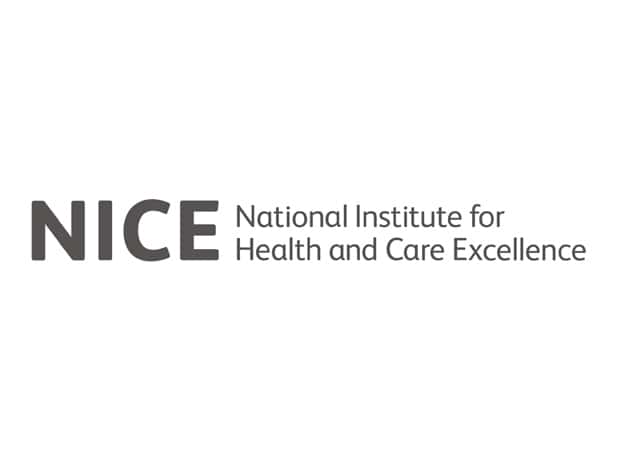Cost regulators for NHS treatments in England and Wales have recommended use of Alexion’s Strensiq to treat a rare and often fatal condition called hypophosphatasia (HPP), but have restricted its reach to children with certain forms of the condition.
The National Institute for Health and Care Excellence has published draft guidelines backing the drug’s use in perinatal- and infantile-onset hypophosphatasia, a progressive, genetic condition characterised by defective bone mineralisation that can lead to destruction and deformity of bones, profound muscle weakness, seizures, respiratory failure and premature death.
But the guidelines do not endorse treatment for those with the juvenile-onset form of HPP.
Juvenile and adult-onset forms of HPP have much lower mortality rates than those appearing in infancy, where 100 percent percent of those diagnosed in the first six months of their lives die before they reach one year. But later forms are often linked with debilitating and lead to bone deformities that may result in delayed walking, limb weaknesses, skeletal pain and non-traumatic fractures.
The current mainstay of treatment is supportive care aiming to monitor and alleviate symptoms, and enzyme replacement therapy Strensiq (asfotase alfa) is the first treatment to specifically target the underlying cause of the disease.
According to NICE, the drug has been described as a ‘step-change’ in the management of the condition, offering a ‘lifeline’ for babies and young children that could enable them to have a good quality of life, go on to attend school and make friends, but without which many would not survive.
The total cost per person per year of treatment is a whopping £366,912 (assuming an average weight of 19.3 kg and 100 percent adherence). But the draft guidelines recommend Strensiq only as per a managed access agreement, under which the company provides the drug with a confidential discount scheme which caps the cost per patient at a fixed maximum cost.
“Based on the evidence presented by the company, as well as the testimony of clinical experts and patient representatives, the committee concluded that asfotase alfa improved the probability of survival in perinatal- and infantile-onset hypophosphatasia compared with best supportive care,” said Professor Carole Longson, NICE health technology evaluation centre director.
“The committee also accepted that asfotase alfa was likely to be clinically effective across a range of outcomes, such as reducing the need for respiratory support and the severity of rickets for people with perinatal- and infantile-onset hypophosphatasia.”
Alexion said it is pleased that NICE recognises the “life-changing clinical benefits” of Strensiq (asfotase alfa) for patients with perinatal- and infantile-onset hypophosphatasia (HPP), but is “disappointed that the draft guidance dismisses the needs of patients with juvenile-onset HPP and is in direct conflict with the EU approved label, which recommends Strensiq for all patients with paediatric-onset HPP.”
“In addition, we are also disappointed that NICE disregarded the proposed managed access agreement, which was developed in collaboration with expert physicians, the patient advocacy community, as well as NHS England, to ensure access for patients most likely to have a clinical benefit from treatment.
“By disregarding the consensus position developed directly with treating physicians and patient organizations, Alexion believes the NICE assessment process has fundamentally failed to appropriately evaluate the benefits of Strensiq for patients with paediatric-onset HPP, and is delaying timely access to treatment for the small number of patients with HPP in England,” the firm argues.










